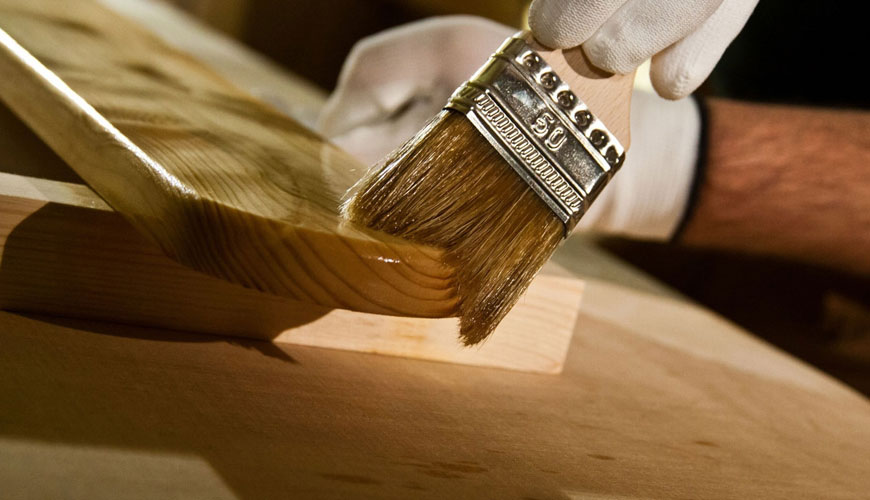

EUROLAB laboratory provides testing and compliance services within the scope of ISO 2810 standard. Developed by the International Organization for Standardization (ISO), the ISO 2810 standard specifies the conditions to be considered when selecting the natural wear type and natural wear procedure to determine the resistance of coatings or coating systems (direct abrasion or abrasion behind window glass).

Natural etching is used to determine the resistance of coatings or coating systems (indicated by coatings in this document) to the sun's radiation and the atmosphere. This document does not take into account special atmospheric effects such as industrial pollution.
The durability of a coating during natural wear depends on how, where and when the coating is worn. Therefore, these parameters and the intended use of the coating should be considered when performing exposures. In particular, the following parameters will be considered:
The results of tests on an exposure rack are strictly valid only for the medium in which they were obtained. The relative performance of several coatings tested at the same time allows valid cuts to be made, provided the test conditions are reasonably suitable for the intended end use. It is recommended that each batch of samples under evaluation contain coatings of known performance to act as reference standards.
Natural weathering results may vary depending on the time of year the tests are conducted. If the exposure time is long enough, the effect of these variations is reduced. The exposure time should be at least one year or multiples of one year. The reproducibility of results is increased if the exposure time always begins at the same time of year, preferably in the spring.
Natural aging tests are normally carried out for a certain period of time. However, in many cases it is preferable to define the test period in terms of the particular degree of degradation to which the sample will be exposed, or in terms of radiant exposure (dosage) of solar radiation. The second procedure can reduce, but not eliminate, the effect of seasonal changes.
Radiant exposure can be determined by irradiation measurement and integration of measurements over the natural weathering period. Climatic conditions will be monitored and a complete record will be reported along with other weathering conditions.
Among the services provided by our organization within the framework of material testing services, there are also ISO 2810 standard tests. Do not hesitate to contact our laboratory EUROLAB for your testing and certification requests.
To get an appointment, to get more detailed information or to request an evaluation, you can ask us to fill in our form and reach you.